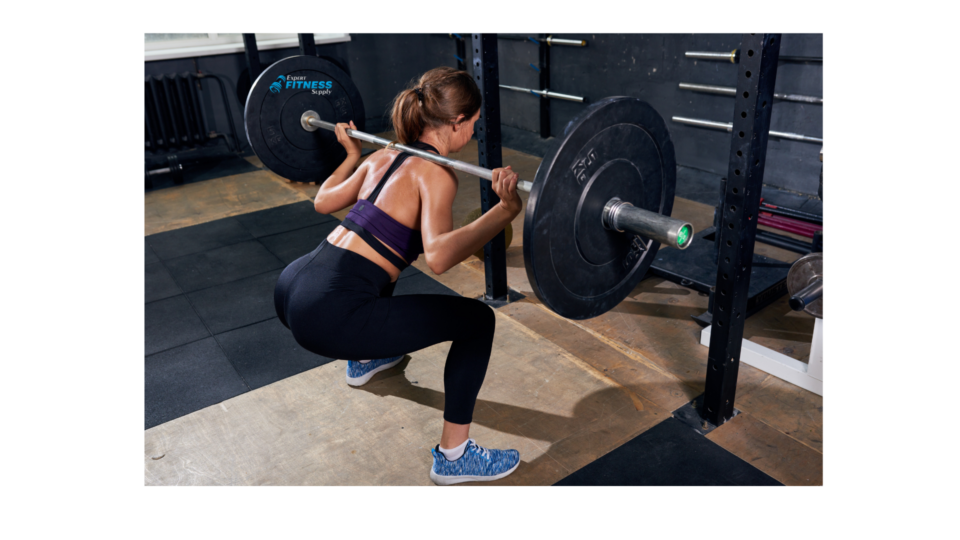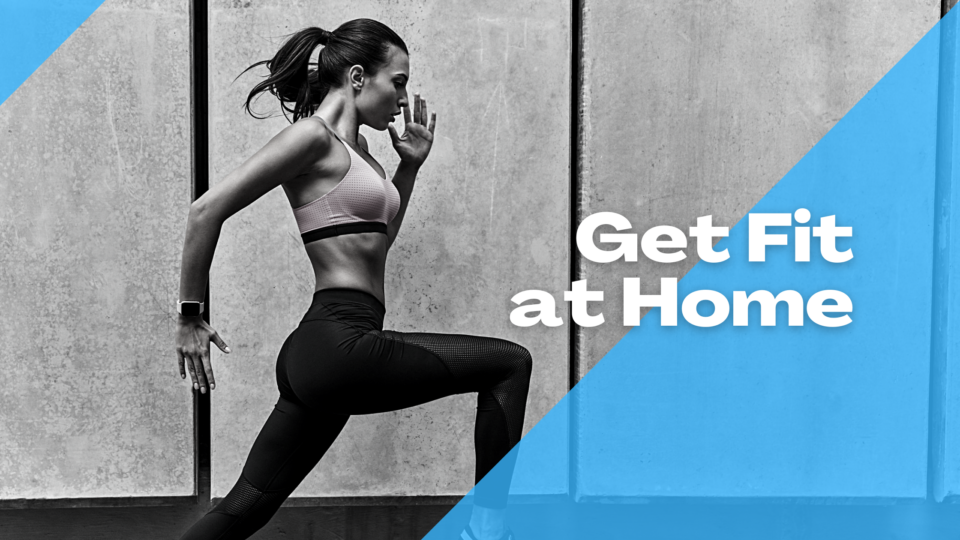- Email us if you have any questions:
- (954) 282-9080
- [email protected]
10 Step Physical Fitness Program for Beginners

Why Buy The Body-Solid Compact Leg Press Machine GCLP100?
April 24, 2023
The Ultimate Guide to Body-Solid Home Gyms: Top 3 Entry-Level Machines
May 20, 2023Are you ready to kickstart your fitness journey and become a healthier, stronger, and happier version of yourself? Whether you’re a total beginner or just looking to switch up your routine, this 10-step physical fitness program is designed to help you achieve your goals and have fun along the way! Get ready to sweat, smile, and transform your body and mind with these expert-approved tips and tricks.
Step 1: Consult with a Doctor Before starting any new physical fitness program, it’s important to consult with your doctor to ensure that you are healthy enough to engage in physical activity. This is especially important if you have any pre-existing medical conditions, such as high blood pressure, diabetes, or joint problems. Your doctor can help you determine what type of exercise is safe and appropriate for you.
Step 2: Set Goals Setting goals is important for staying motivated and on track with your fitness journey. When setting goals, make sure they are achievable and specific. For example, if your goal is to run a 5k, set a specific date for the race and work backwards to create a training plan that will get you there. Make sure your goals are realistic for your current fitness level and set smaller goals along the way to keep you motivated and celebrate your progress.
Step 3: Warm-Up and Cool-Down Always start and end your workouts with a warm-up and cool-down period. This will help to prevent injury and prepare your body for exercise. A warm-up should include 5-10 minutes of light cardiovascular exercise, such as jogging in place or jumping jacks, followed by dynamic stretches that mimic the movements you will be doing during your workout. A cool-down should include 5-10 minutes of low-intensity exercise, such as walking or stretching, followed by static stretches to help your muscles relax and recover.
Step 4: Cardiovascular Exercise Cardiovascular exercise is important for improving heart health and burning calories. Aim for 30 minutes of moderate-intensity exercise, such as brisk walking, cycling, or swimming, at least 5 days per week. You can also incorporate high-intensity interval training (HIIT) or circuit training to boost your cardiovascular fitness and burn more calories in less time.
Step 5: Strength Training Strength training helps to build muscle and increase metabolism. Focus on full body exercises such as squats, lunges, push-ups, and rows, and aim for 2-3 strength training sessions per week. Start with lighter weights or bodyweight exercises and gradually increase the weight or resistance as you get stronger. You can also incorporate resistance bands or bodyweight exercises if you don’t have access to a gym.
Step 6: Flexibility and Mobility Stretching and mobility exercises are important for improving range of motion and preventing injury. Include 5-10 minutes of stretching at the end of each workout, focusing on the major muscle groups. You can also incorporate yoga or Pilates into your physical fitness program to improve flexibility and mobility.
Step 7: Hydration and Nutrition Proper hydration and nutrition are key to fueling your workouts and supporting your fitness goals. Drink plenty of water throughout the day to stay hydrated, and focus on whole, nutrient-dense foods such as fruits, vegetables, lean proteins, and healthy fats. Avoid processed foods, sugary drinks, and alcohol, which can sabotage your fitness goals.
Step 8: Rest and Recovery Rest and recovery are essential for allowing your body to repair and rebuild after exercise. Aim for 7-8 hours of sleep per night and incorporate rest days into your workout schedule. Don’t overdo it and listen to your body if you’re feeling fatigued or sore.
Step 9: Monitor Progress Tracking your progress is important for staying motivated and seeing how far you’ve come. Keep a log of your workouts, such as distance run, weight lifted, or time spent exercising. You can also use a fitness app or wearable device to track your progress and set goals.
Step 10: Find Support and Accountability Finding a workout partner, joining a fitness class, or hiring a personal trainer can help to provide support and accountability on your fitness journey. Surround yourself with people who encourage and motivate you to reach your goals.
Congratulations on taking the first step towards a healthier, happier you! We know that starting a new physical fitness program can be intimidating, but we believe in you and your ability to achieve your goals. Remember, progress takes time, so be patient and consistent. We encourage you to take things at your own pace and make adjustments as needed. And most importantly, have fun! Fitness is not just about getting in shape, it’s about feeling confident, energized, and empowered. So, put on your workout gear, lace up your shoes, and let’s get started on this exciting journey towards a stronger, fitter you!
Related posts
November 7, 2024
October 23, 2024






